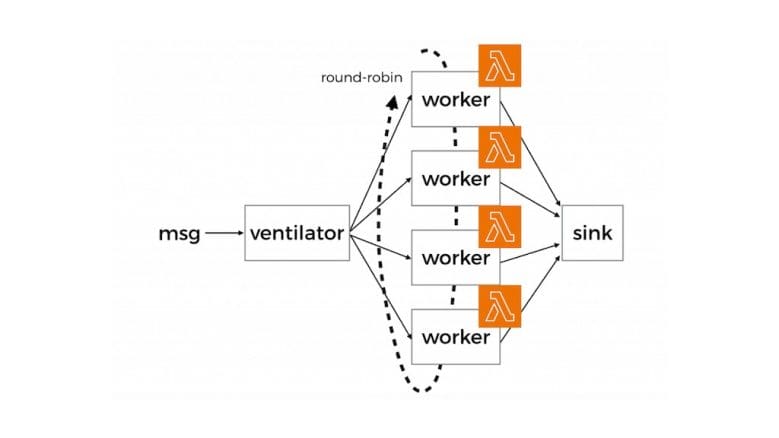Centralised logging for AWS Lambda, REVISED (2018)
First of all, I would like to thank all of you for following and reading my content. My post on centralised logging for AWS Lambda has been viewed more than 20K times by now, so it is clearly a challenge that many of you have run into. In the post, I outlined an approach of …
Centralised logging for AWS Lambda, REVISED (2018) Read More »
